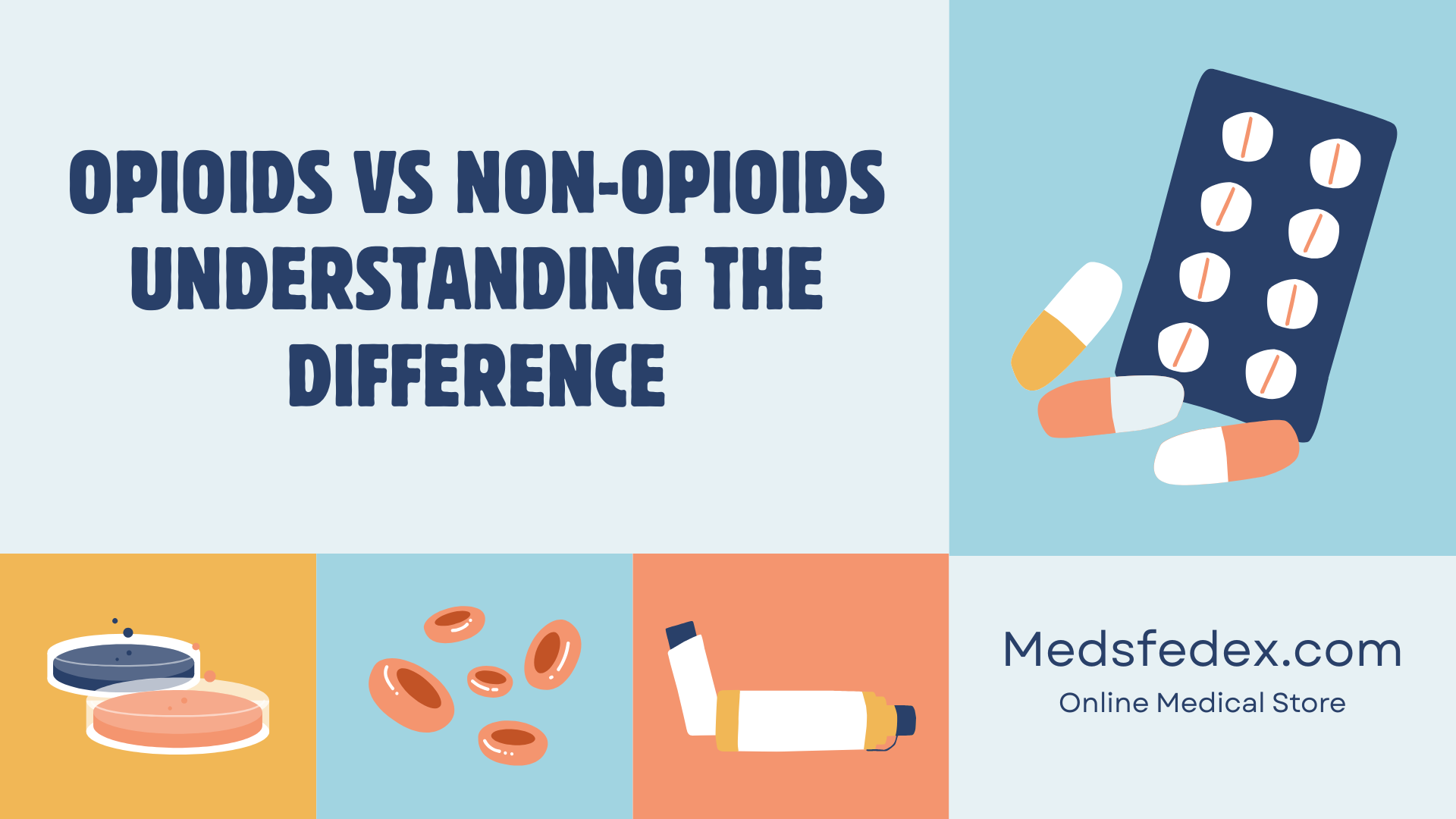
Pain is one of the most common reasons people seek medical care, and a wide range of medicines exists to manage it. In general, analgesics (pain relievers) are divided into two major categories: opioids and non-opioid painkillers. Non-opioid drugs include over-the-counter (OTC) options like acetaminophen (Tylenol) and NSAIDs (ibuprofen, aspirin), which are typically used for mild to moderate pain. Opioids, on the other hand, are powerful prescription medications such as oxycodone, hydrocodone, and morphine often reserved for moderate to severe pain. Understanding how these categories differ helps people choose the safest and most effective pain relief option.
So if we are talking about Opioids vs Non-Opioids, Both types of drugs have their place in treatment, but they work in different ways and carry different risks. For example, OTC remedies like ibuprofen often suffice for headaches or muscle aches, while opioids might be prescribed after major surgery or injury. However, misuse of opioids can lead to addiction and overdose. We’ll explore what makes opioids and non-opioids unique, when each is used, and why obtaining pain medication legally and safely matters.
What Are Opioids?
Opioids are a class of strong painkillers derived from opium or synthesized to mimic its effects. They are typically prescribed for moderate to severe pain, such as after surgery or a major injury. Common opioid medications include Oxycodone, Hydrocodone, Morphine, and Percocet (oxycodone combined with acetaminophen).
These drugs work by binding to specific receptors in the brain and spinal cord, effectively blocking pain signals. Because they act directly on the central nervous system, they not only relieve pain but also create feelings of relaxation or euphoria. This is why opioids can be both powerful and dangerous.
While they provide strong pain relief, opioids can cause side effects such as drowsiness, slowed breathing, nausea, and constipation. With prolonged use, the body can develop tolerance and dependence, meaning higher doses are needed to achieve the same effect. If misused, opioids can lead to addiction or even fatal overdose.
What Are Non-Opioid Pain Relievers?
Non-opioid painkillers cover a broad group of medications that relieve pain through mechanisms unrelated to opioid receptors. Two of the most common are acetaminophen and nonsteroidal anti-inflammatory drugs (NSAIDs).
Acetaminophen (Tylenol) is widely used for headaches, fever, and minor pain. It works by blocking pain-signaling chemicals in the brain. It is generally considered safe when used correctly but can cause serious liver damage if taken in excessive doses or combined with alcohol.
NSAIDs (such as ibuprofen, naproxen, and aspirin) reduce inflammation as well as pain. They work by blocking enzymes that produce prostaglandins substances responsible for inflammation and pain. NSAIDs are ideal for conditions like arthritis, muscle strains, and menstrual cramps. However, long-term or high-dose use can irritate the stomach lining, raise blood pressure, or affect kidney function.
In short, non-opioids are typically the first choice for mild to moderate pain and carry fewer serious risks compared to opioids.
How Do They Work?
The key difference between opioids and non-opioids lies in how they act on the body.
Opioids attach to opioid receptors in the brain and spinal cord, essentially silencing pain signals before they reach consciousness. This direct action on the nervous system explains their effectiveness for severe pain but also their potential for dependency and respiratory depression.
Non-opioids, in contrast, target pain and inflammation indirectly.
- NSAIDs block enzymes that cause swelling and pain at the site of injury.
- Acetaminophen reduces pain perception in the brain but does not significantly reduce inflammation.
Because of these differences, doctors typically reserve opioids for short-term, intense pain and prefer non-opioids for chronic or less severe discomfort.
When Are They Used?
Non-opioids are usually the first line of treatment for mild to moderate pain. They are ideal for headaches, muscle soreness, arthritis, toothaches, and menstrual cramps.
Opioids, on the other hand, are prescribed for severe or acute pain — such as after major surgery, trauma, or in cancer-related pain. Physicians generally prescribe them for a few days or less, using the lowest effective dose. Long-term opioid therapy is reserved for specific medical conditions under close supervision.
In some cases, opioids and non-opioids are used together to enhance pain control. For example, Percocet combines oxycodone (an opioid) with acetaminophen (a non-opioid) to provide more comprehensive relief with smaller doses of each.
Buy Get Fast & Secure Delivery Today! – Buy Hydrocodone Online Now
Effectiveness and Research Insights
Recent studies have shown that opioids are not always more effective than non-opioids for many common pain conditions. For instance, patients with chronic back pain or arthritis often experience similar relief with non-opioid medications like acetaminophen or NSAIDs.
In short-term pain, such as after dental or surgical procedures, combinations of ibuprofen and acetaminophen have sometimes been found to outperform opioid options in both pain control and patient satisfaction.
This growing body of evidence supports using non-opioids as the first choice for most types of pain, with opioids reserved for specific cases where other methods are insufficient.
Side Effects and Health Risks
Opioids may cause:
- Drowsiness and dizziness
- Constipation and nausea
- Slowed breathing
- Tolerance and dependence
- Addiction and overdose
Even short-term opioid use carries a risk of developing long-term dependence. Overdoses can be fatal, especially when opioids are combined with alcohol, sedatives, or other drugs.
Non-opioids generally have fewer serious risks but still require caution.
- NSAIDs can lead to stomach irritation, ulcers, or kidney problems with long-term use.
- Acetaminophen can damage the liver if taken in excess.
Unlike opioids, non-opioids do not cause addiction or respiratory depression when used properly. However, exceeding recommended doses can still be harmful.
Regulations and Online Safety
Because opioids are controlled substances, they can only be legally obtained with a valid prescription from a licensed medical professional. Attempting to buy oxycodone online, buy Hydrocodone online, or Buy Percocet Online from unverified sources is both illegal and dangerous.
Many online sellers claiming to offer cheap opioids without a prescription actually deal in counterfeit or contaminated drugs. Such products may contain harmful or even lethal substances. Always obtain prescription pain medications only from a trusted, licensed pharmacy after consulting your doctor.
Experience Trusted Pain Relief — Buy Percocet Online Securely!
Non-Drug Pain Management Options
Pain management doesn’t rely solely on medication. Many patients benefit from non-drug treatments that complement or reduce the need for painkillers:
Physical therapy and exercise: Strengthening muscles and improving posture can reduce pain long-term.
Massage and chiropractic care: Help relieve tension and promote mobility.
Heat or cold therapy: Reduces inflammation and muscle soreness.
Mind-body techniques: Meditation, deep breathing, and yoga can alter pain perception.
Acupuncture or acupressure: Used to relieve various types of chronic pain.
These methods are especially useful for chronic pain conditions and can enhance the overall effectiveness of medication when used under professional guidance.
Conclusion
Both opioids and non-opioids play essential roles in pain management, but understanding their differences is crucial for safe and effective treatment.
- Non-opioids like acetaminophen and NSAIDs are generally safer and effective for mild to moderate pain.
- Opioids are potent and appropriate for severe pain, but they come with higher risks — including addiction and overdose.
Always consult a licensed healthcare professional before taking any pain medication, and never attempt to purchase prescription opioids online. Whether you’re exploring options to buy oxycodone online, buy Hydrocodone online, or Buy Percocet Online, ensure you do so legally through a certified pharmacy with a valid prescription.
Effective pain management starts with informed choices, professional guidance, and responsible use.
Frequently Asked Questions (FAQs)
What is the main difference between opioids and non-opioids?
Ans. Opioids act on opioid receptors in the brain and spinal cord to block pain signals, while non-opioids work on other pathways such as reducing inflammation or altering pain perception.
When should non-opioids be used instead of opioids?
Ans. Non-opioids are best for mild to moderate pain such as headaches, arthritis, or menstrual cramps. Opioids are reserved for severe, short-term pain that doesn’t respond to other treatments.
Are opioids addictive?
Ans. Yes. Opioids can be physically and psychologically addictive, even when used as prescribed. They should be taken only under medical supervision.
Is it safe to buy opioids online?
Ans. No. Purchasing opioids online without a prescription is illegal and extremely dangerous. Many unverified websites sell counterfeit drugs that may contain harmful substances. Always obtain opioids through a doctor’s prescription from a licensed pharmacy.
Can opioids and non-opioids be combined?
Ans. Yes. In some cases, doctors prescribe combinations like Percocet (oxycodone plus acetaminophen) to enhance pain relief and lower the required opioid dose. Such combinations should only be used under medical supervision.
MedsFedEx Online Medical Store – Your trusted source for safe, verified, and fast medical deliveries. Order authentic medicines online with complete privacy and reliability.
Written by meds fedex
Coupon Code
Use Coupon CodeSALE10
Check Details On Payment Page
Products Categories
-
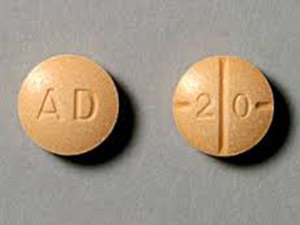 Buy Adderall Online
Buy Adderall Online -
 Buy Adipex Online
Buy Adipex Online -
 Buy Alprazolam Online
Buy Alprazolam Online -
 Buy Ambien Online
Buy Ambien Online -
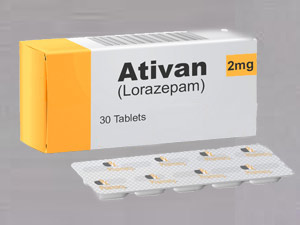 Buy Ativan online
Buy Ativan online -
 Buy Carisoprodol Online
Buy Carisoprodol Online -
 Buy Clonazepam Online
Buy Clonazepam Online -
 Buy Codeine Online
Buy Codeine Online -
 Buy Darvocet Online
Buy Darvocet Online -
 Buy Demerol Online
Buy Demerol Online -
 Buy Diazepam Online
Buy Diazepam Online -
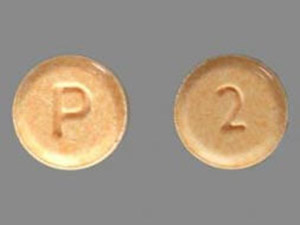 Buy Dilaudid Online
Buy Dilaudid Online -
 Buy Fioricet online
Buy Fioricet online -
 Buy Gabapentin Online
Buy Gabapentin Online -
 Buy Hydrocodone Online
Buy Hydrocodone Online -
 Buy Hydromorphone Online
Buy Hydromorphone Online -
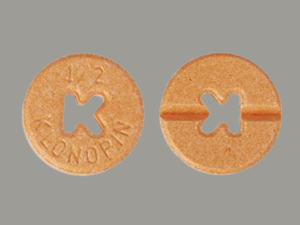 Buy Klonopin Online
Buy Klonopin Online -
 Buy Lexapro Online
Buy Lexapro Online -
 Buy Lorazepam Online
Buy Lorazepam Online -
 Buy Lorcet Online
Buy Lorcet Online -
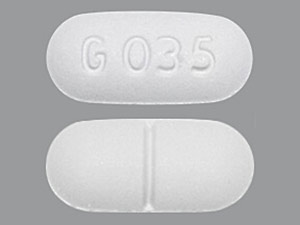 Buy Lortab Online
Buy Lortab Online -
 Buy Meridia Online
Buy Meridia Online -
 Buy Methadone Online
Buy Methadone Online -
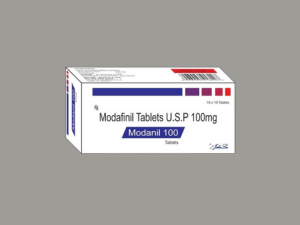 Buy Modafinil Online
Buy Modafinil Online -
 Buy Norco Online
Buy Norco Online -
 Buy Opana ER Online
Buy Opana ER Online -
 Buy Oxycodone Online
Buy Oxycodone Online -
 Buy Oxycontin Online
Buy Oxycontin Online -
 Buy Percocet Online
Buy Percocet Online -
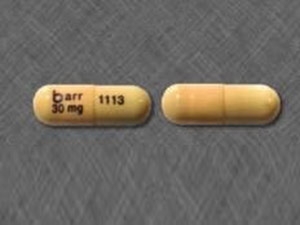 Buy Phentermine Online
Buy Phentermine Online -
 Buy Roxicodone Online
Buy Roxicodone Online -
 Buy Soma Online
Buy Soma Online -
 Buy Suboxone Online
Buy Suboxone Online -
 Buy Subutex Online
Buy Subutex Online -
 Buy Tapentadol Online
Buy Tapentadol Online -
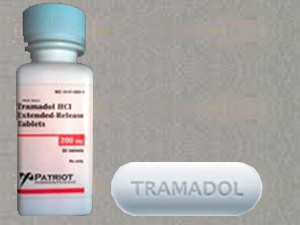 Buy Tramadol Online
Buy Tramadol Online -
 Buy Valium Online
Buy Valium Online -
 Buy Viagra Online
Buy Viagra Online -
 Buy Vicodin Online
Buy Vicodin Online -
 Buy Xanax Online
Buy Xanax Online -
 Buy Zolpidem Online
Buy Zolpidem Online

Leave a Reply